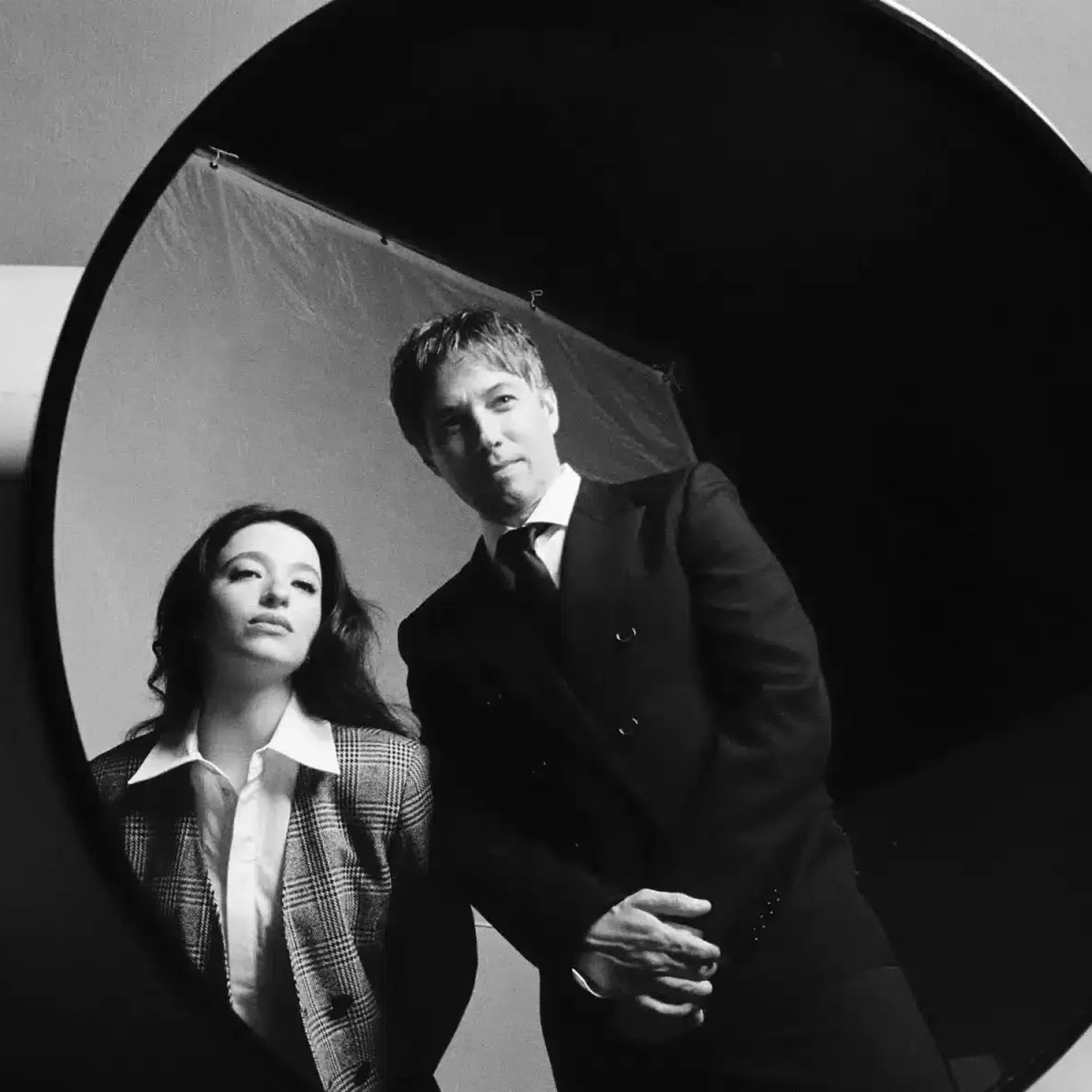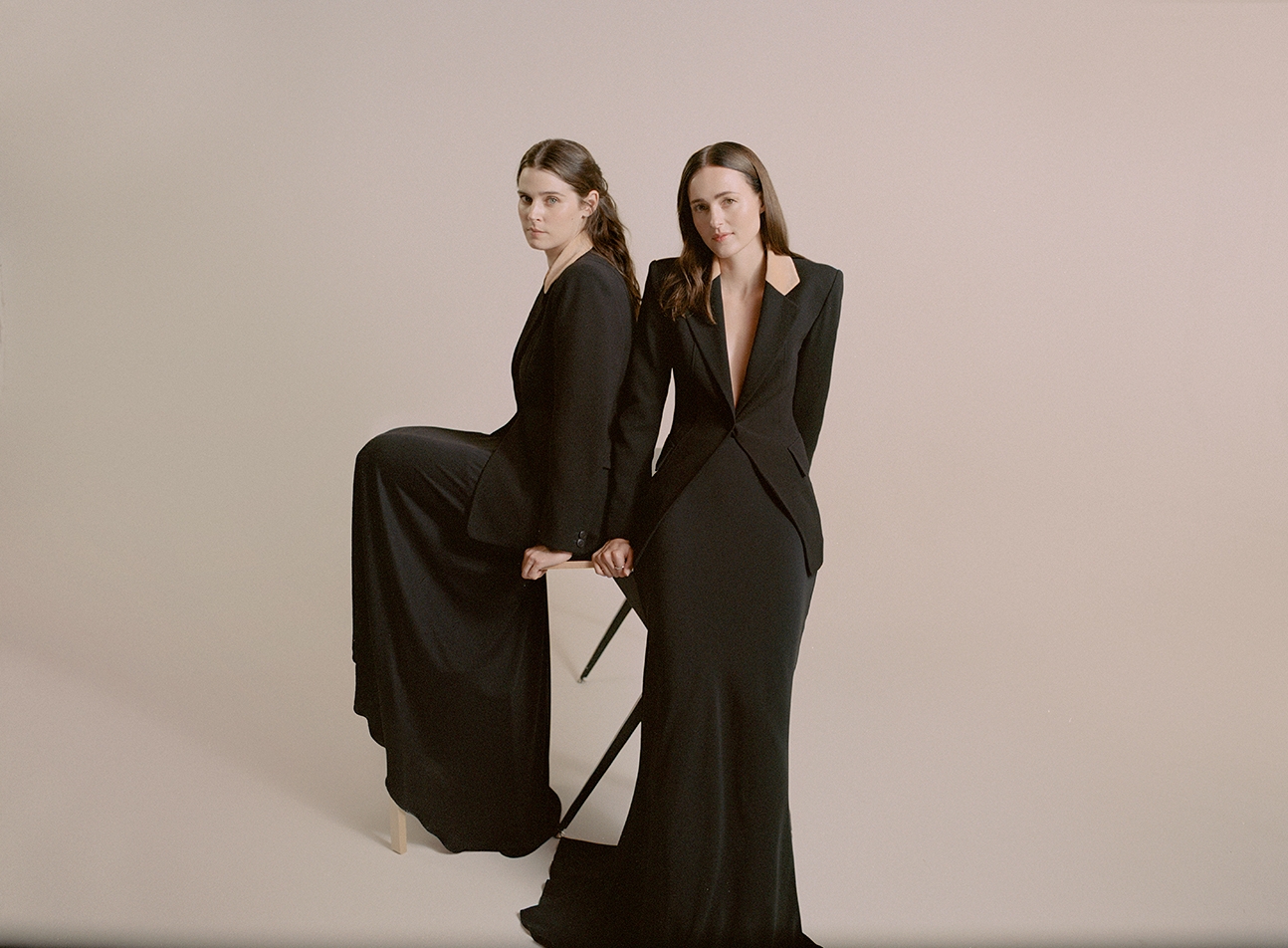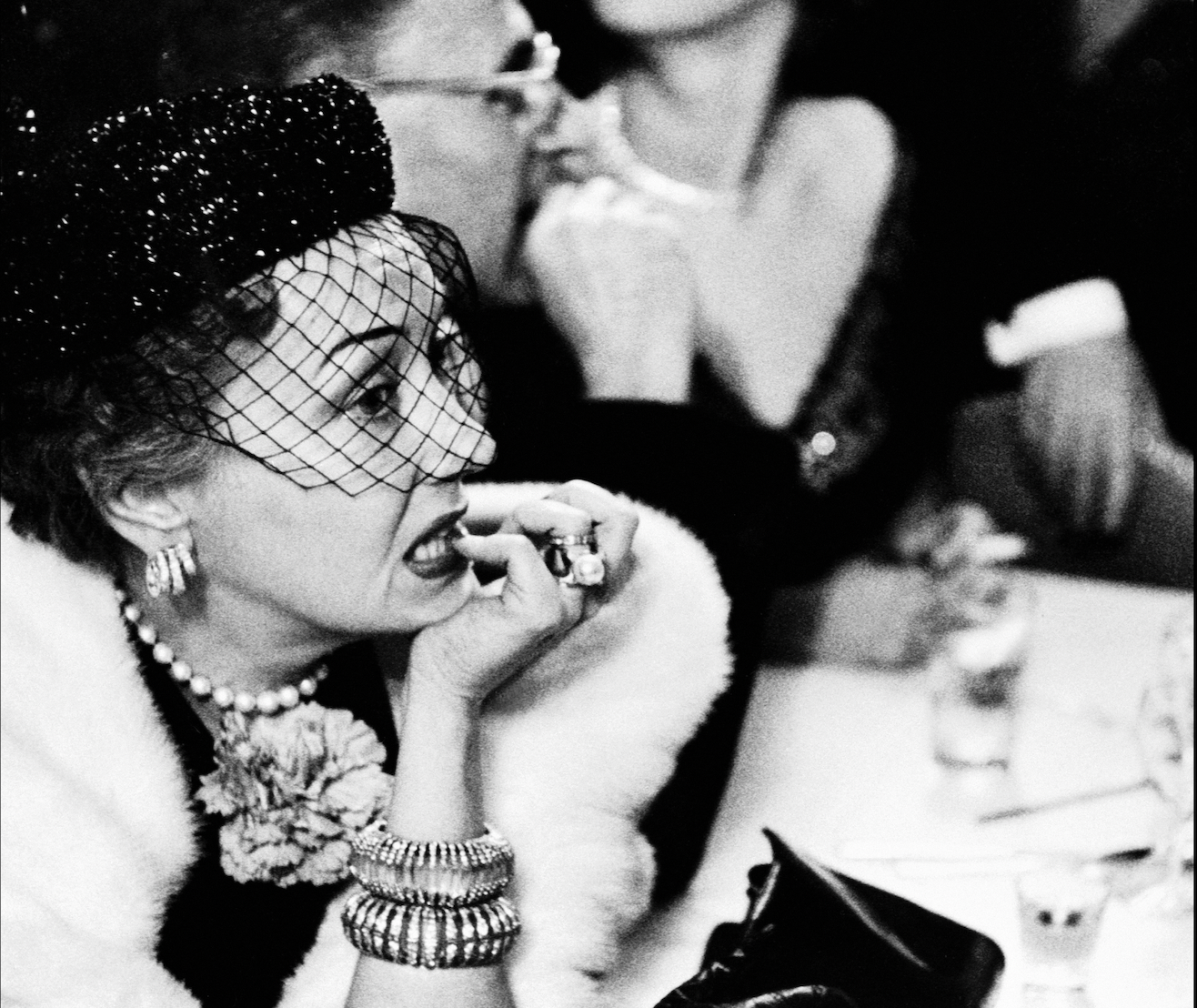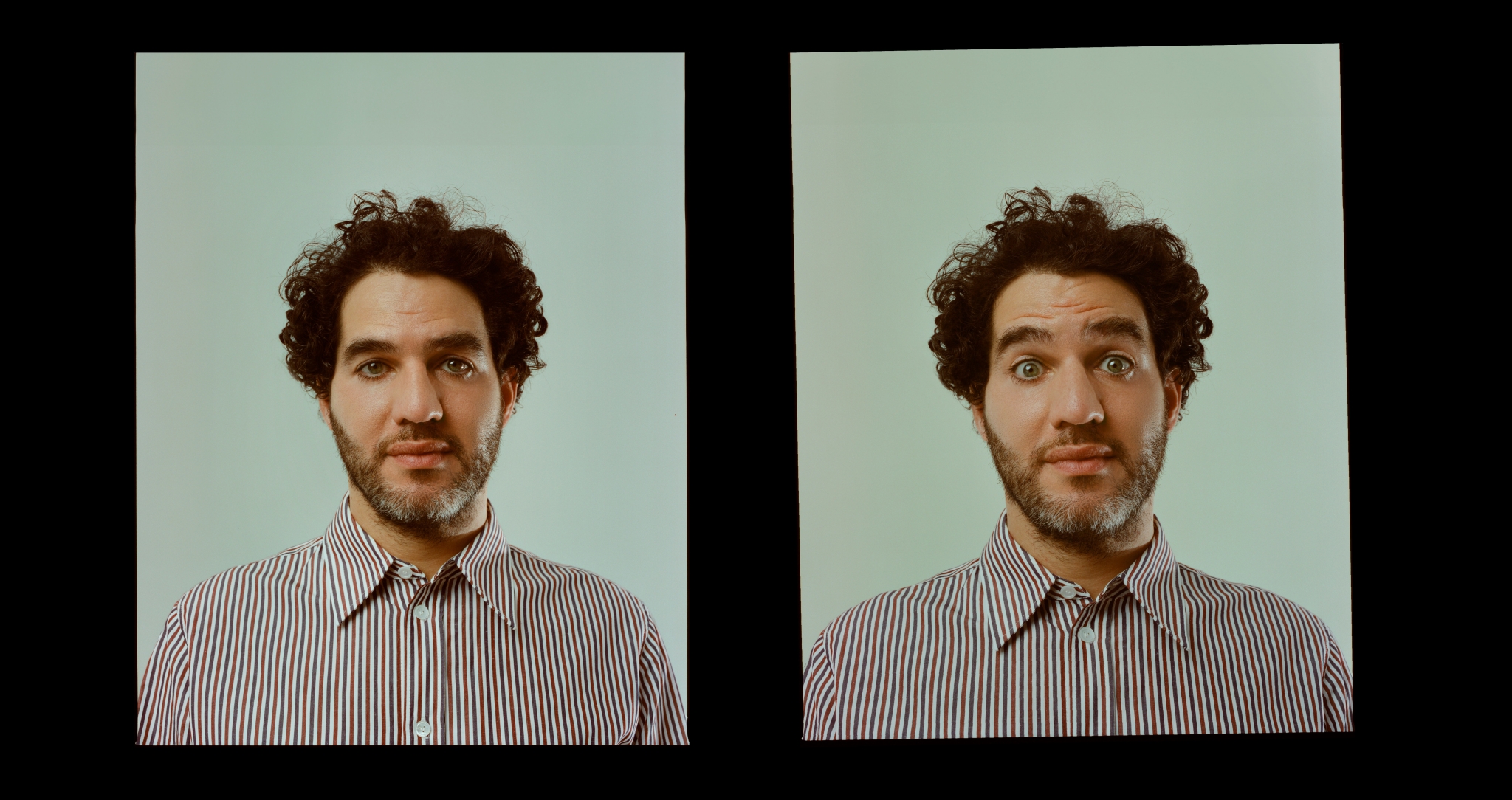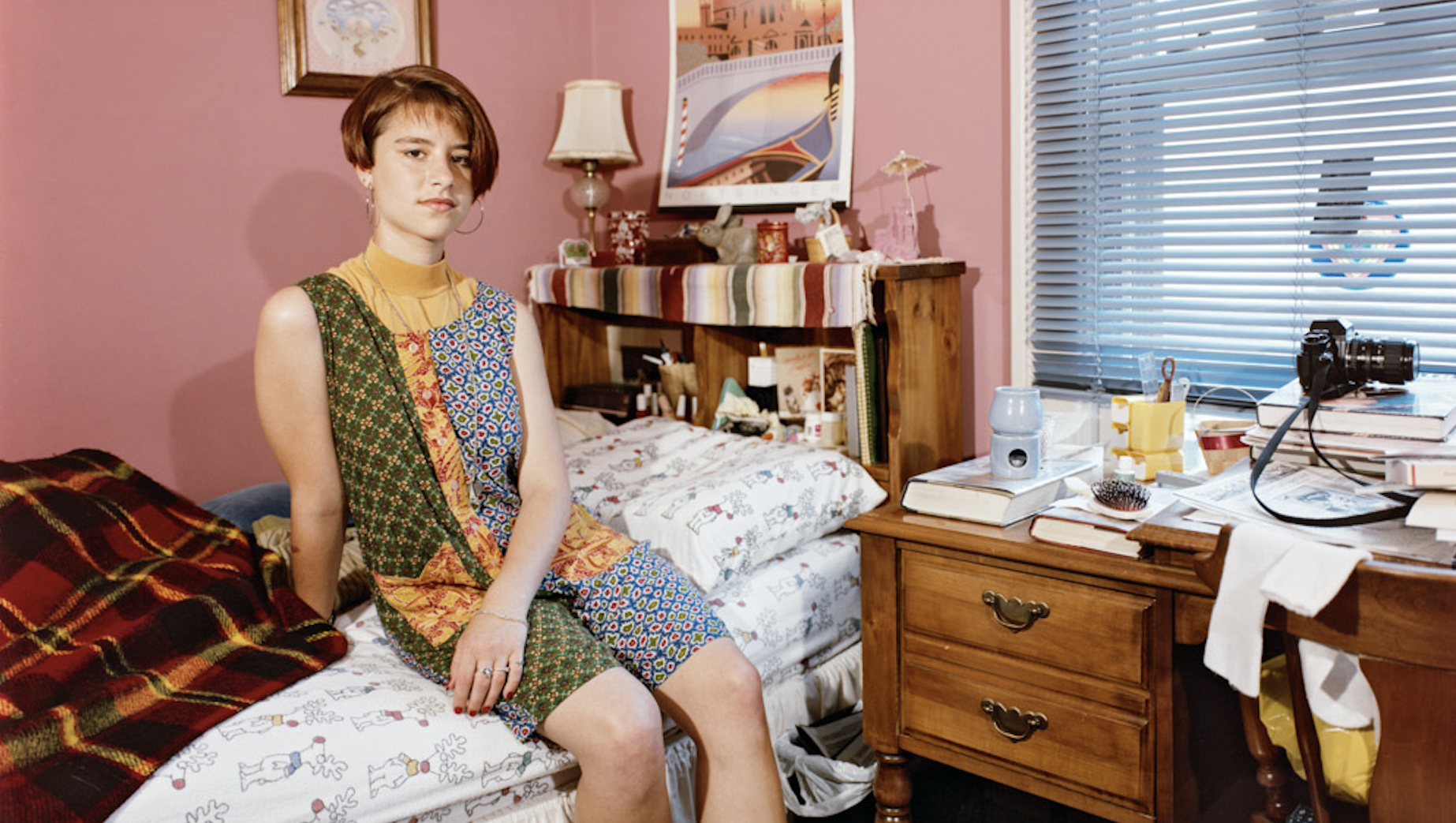
Capturing the vibrancy of 80s and 90s teen America, Adrienne Salinger: Teenagers in their Bedrooms is a reissue of the photographer’s iconic 1995 collection that includes 26 unseen images. Zoe Whitfield sat down with Salinger to discuss the iconic photo series.
In 2007, a week or so before meeting Jim McKay—the groundbreaking filmmaker of coming-of-age features Girls Town (1996) and Our Song (2000)—for breakfast, Adrienne Salinger found herself in front of her laptop watching one of his films. The experience, while mostly positive, left her somewhat disorientated, and she began to reconsider why she’d made her best known work, 1995’s In My Room: Teenagers in their Bedrooms. A portrait series of teenagers posing in their rooms, shot in the US between the West Coast and later the East Coast in the 1980s and 1990s, the photobook was an instant success on release and remains widely coveted, reaching new audiences via gallery exhibitions and the various realms of social media (at one point Tumblr was a key proponent).
And yet looking at her screen, Salinger half wondered why she’d bothered. “In this film, these teenager rooms looked like my pictures, and so why did I do that work, when it’s already out there?” she queried. This wasn’t totally true, as she would learn at breakfast. “Jim said, ‘You know, your book is the bible for set decoration. They’ve been using it for years, and they’re still using it to do set design. This isn’t a secret, we all use it’. I just couldn’t believe it,” she shares. “I thought it was astonishing and kind of amazing and cool, but so surprising.” From the outside, that the book has so informed what we see in film and on TV feels at this point, almost like a given – the diversity and authenticity of its pages are ripe for a moodboard – but having been produced, largely to challenge the notion of teenagers as one dimensional consumers, for the photographer it was a curious trajectory.
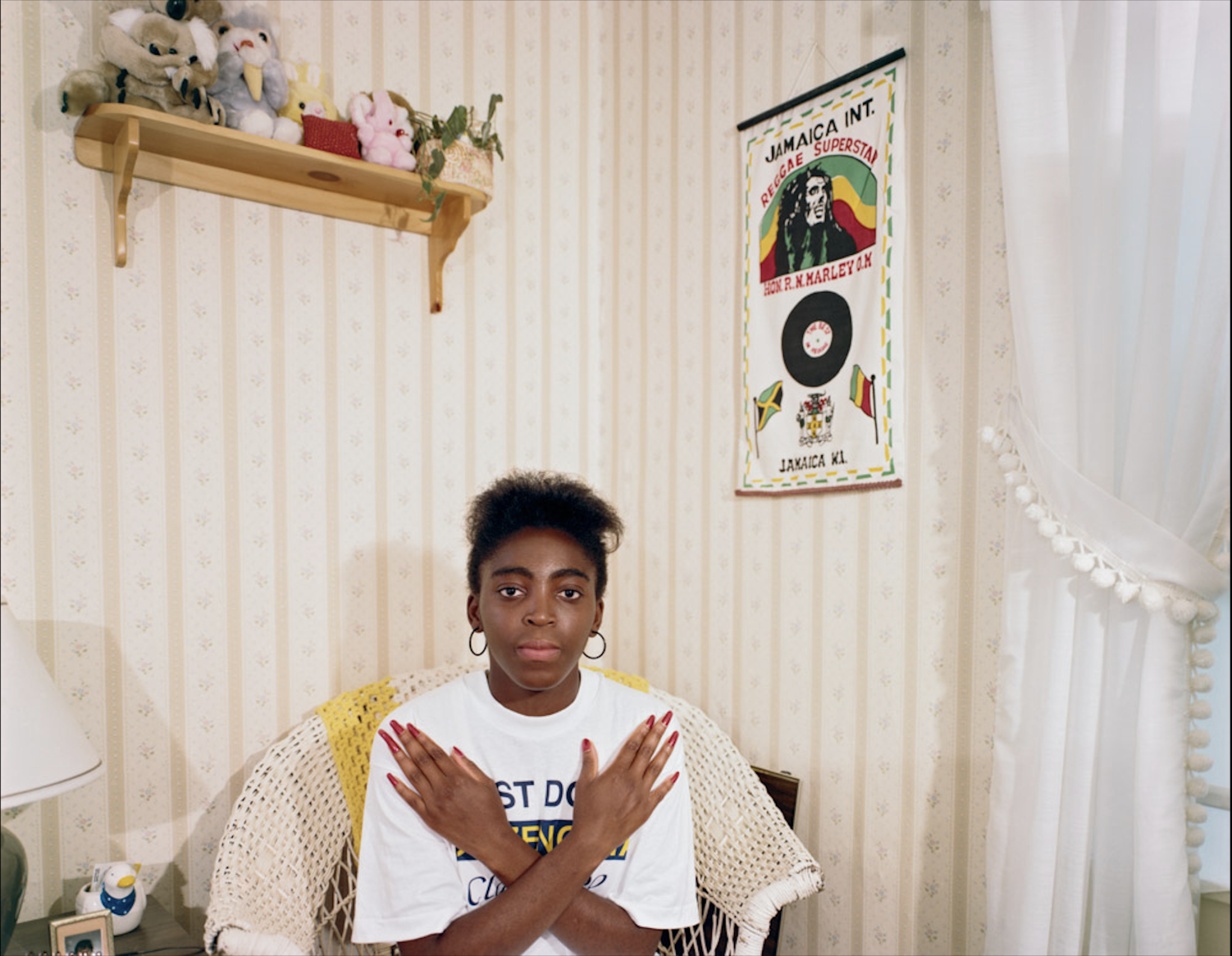
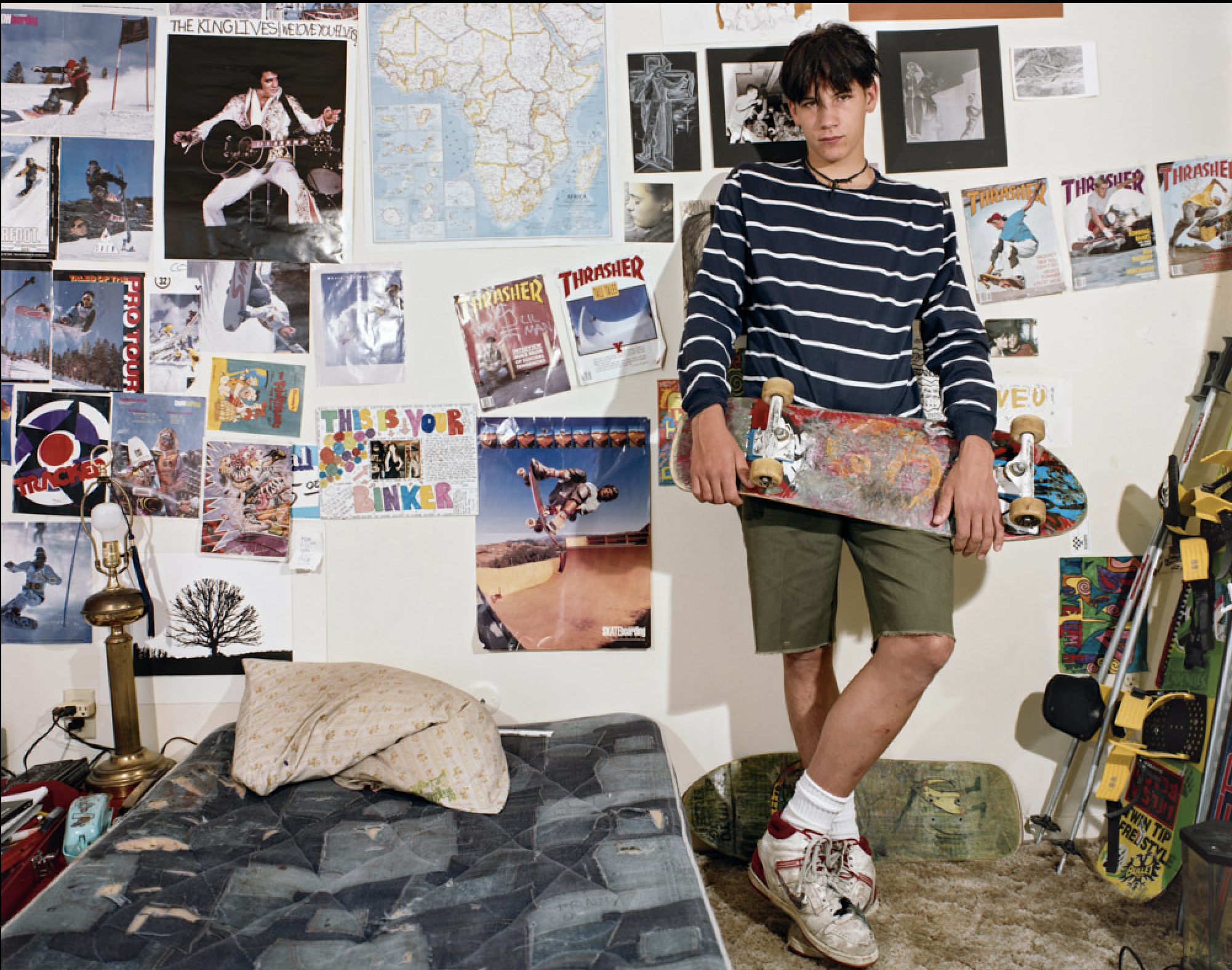

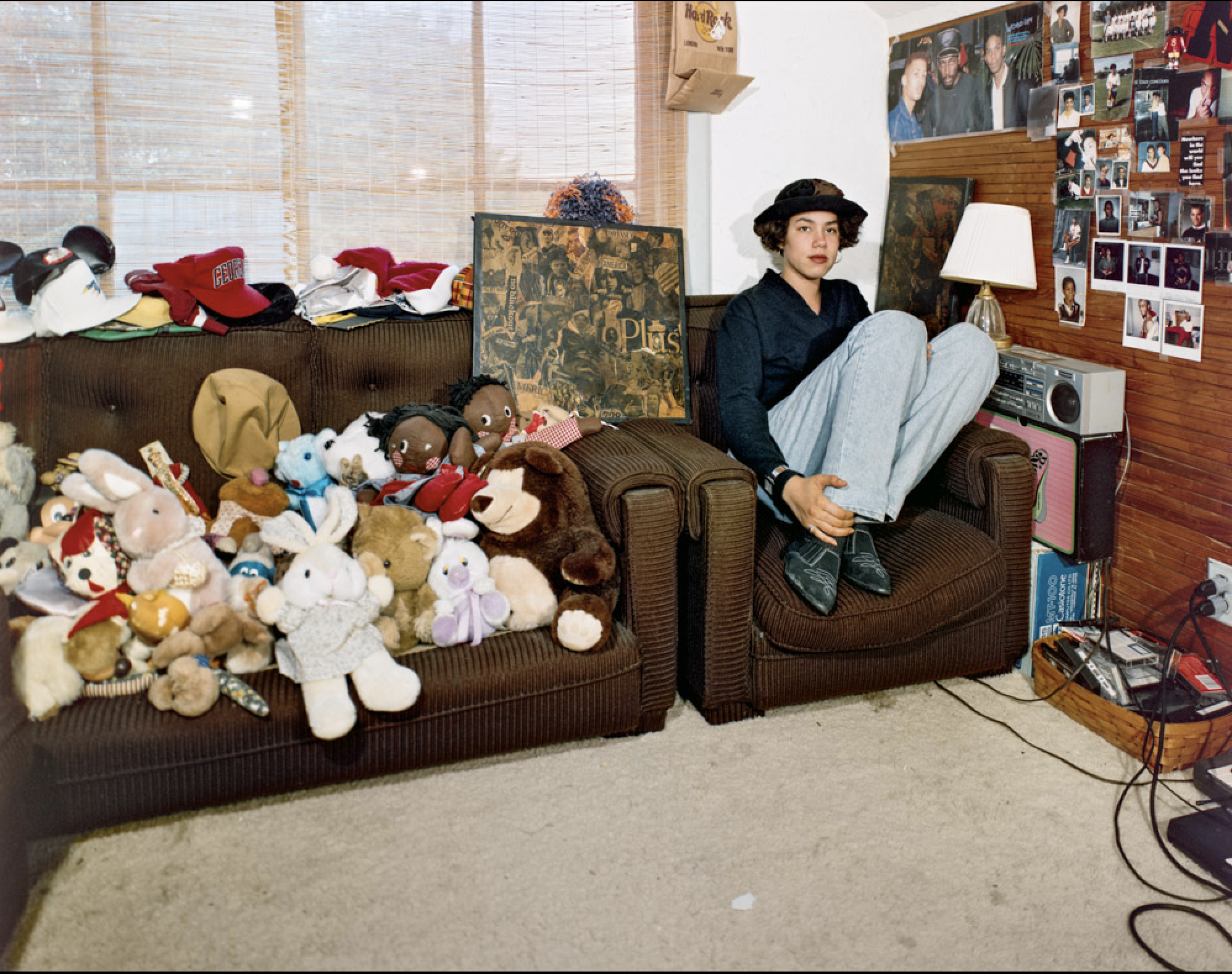
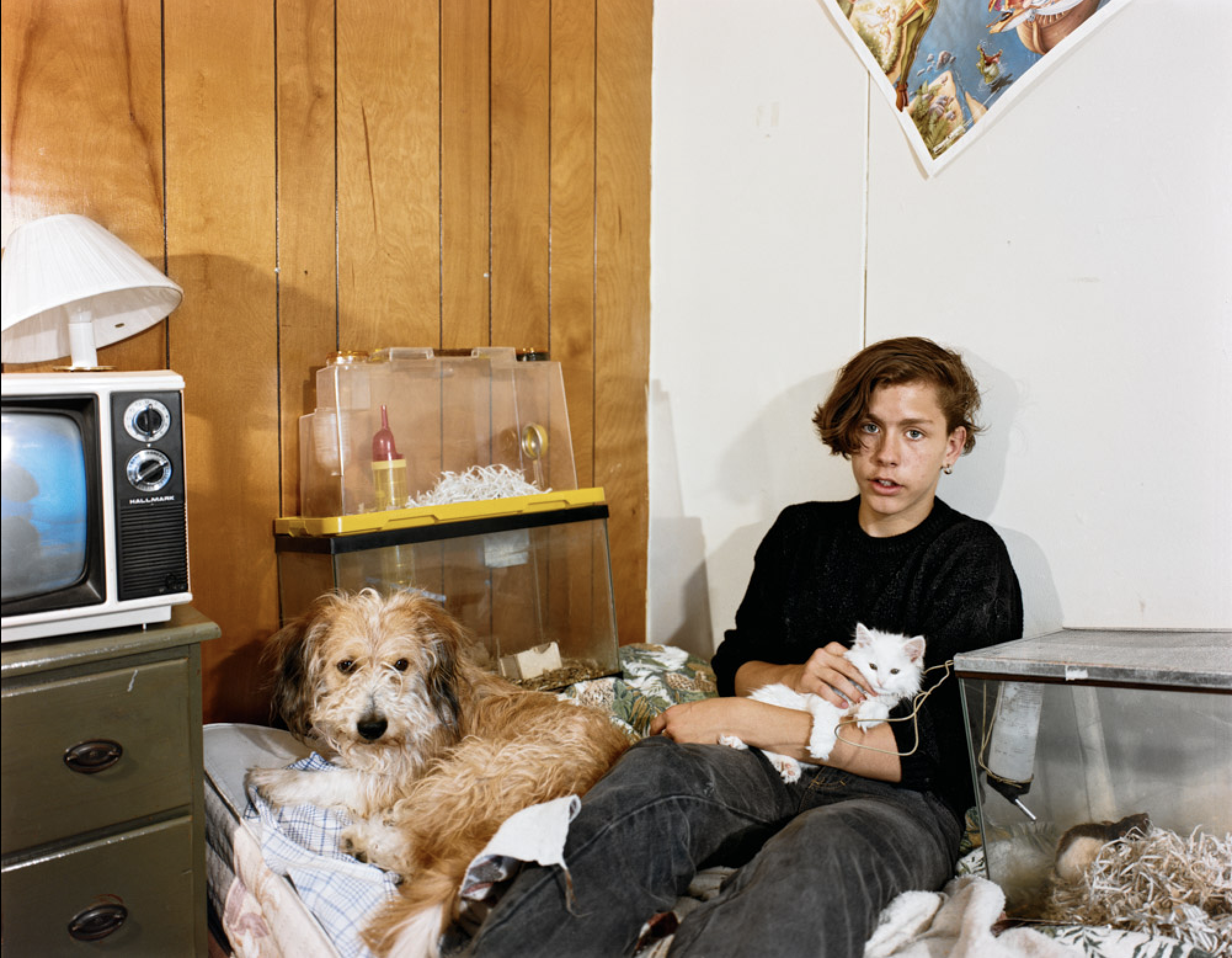
“I’m not an expert on teenagers, I don’t pretend that I am,” says Salinger, whose subsequent books Living Solo (1998) and Middle Aged Men (2007) broadened her demographic. “I’m just really interested in what people think and how they feel about their lives, and I was interested in teenagers because they’re on the edge of such an enormous change. Everything is in that room – their past, their present.” Like the teenagers themselves, whom Salinger met mainly in malls, the rooms vary in character. Some feature floral bedspreads you might assume a parent picked out, others are overwhelmed by celebrity posters; occasionally political ephemera fills the frame, while cuddly toys, sports trophies and road signs each make multiple appearances. Nearly all however, propose a counter aesthetic to the slick beige look that fills much of Instagram and TikTok today. Indeed, these spaces weren’t decorated with anyone in mind beyond their occupant, and potentially a close group of friends.
Thirty years after In My Room debuted, this month the book is being reissued under the moniker Adrienne Salinger: Teenagers in their Bedrooms. Published by D.A.P., this new iteration features an additional 26 images, the original introduction by Tobias Wolff and a new afterword by Sara Lippmann. In her preface, written in 1995, Salinger briefly describes the relationship she had with her own teen bedroom, musing, “My father manufactured furniture, and every couple of years I’d get a new bedroom set. At an early age, I was aware of the power to define and revise one’s image through décor.” Today, she notes some exaggeration on her part, quickly shifting the focus to ask what my teen room looked like (lime green walls, gloss orange woodwork) before offering that she only has a vague recollection of her own. “I remember moments that I experienced in my bedroom, but I don’t remember it visually. I don’t think I felt that comfortable in my room, like other people do.”
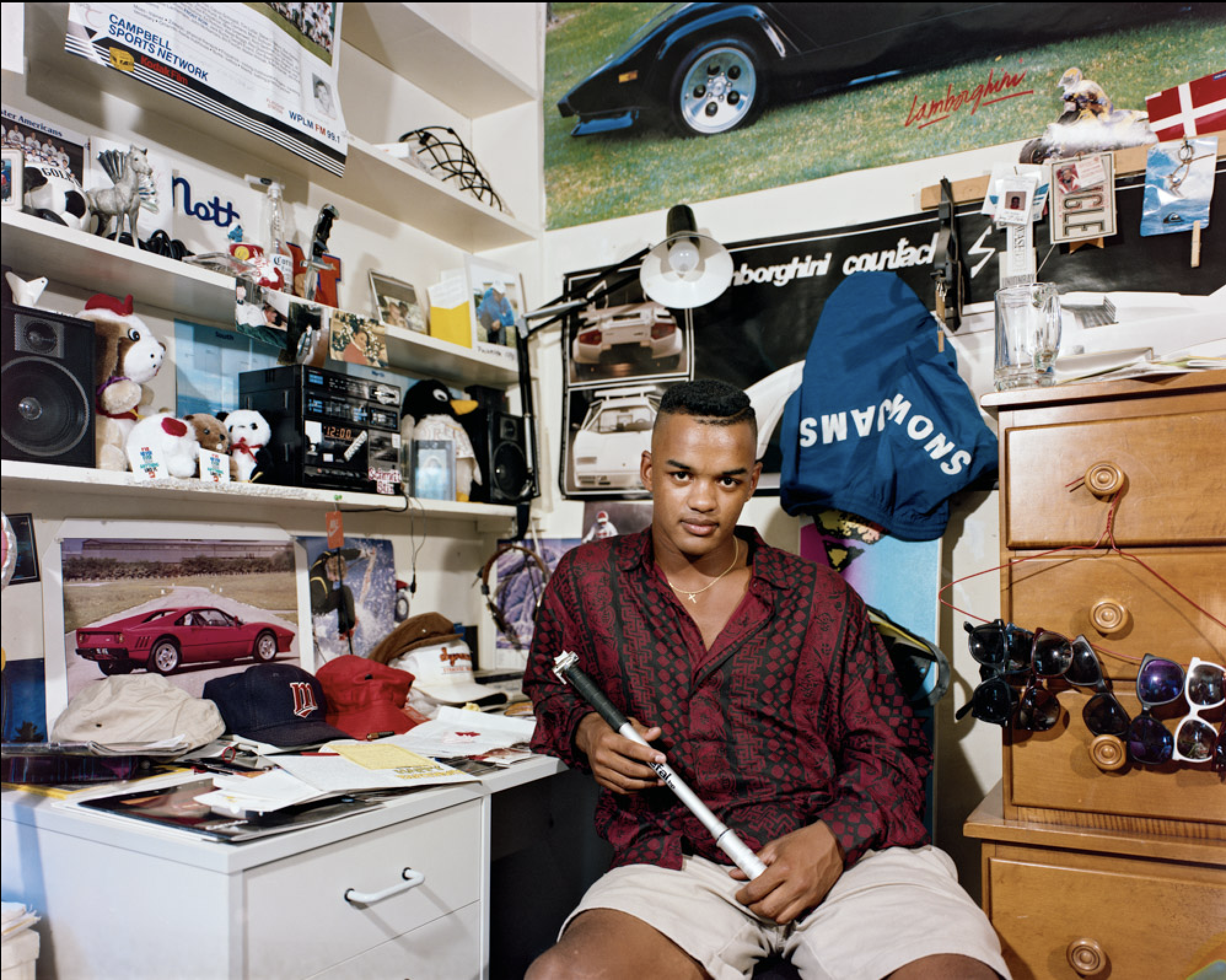
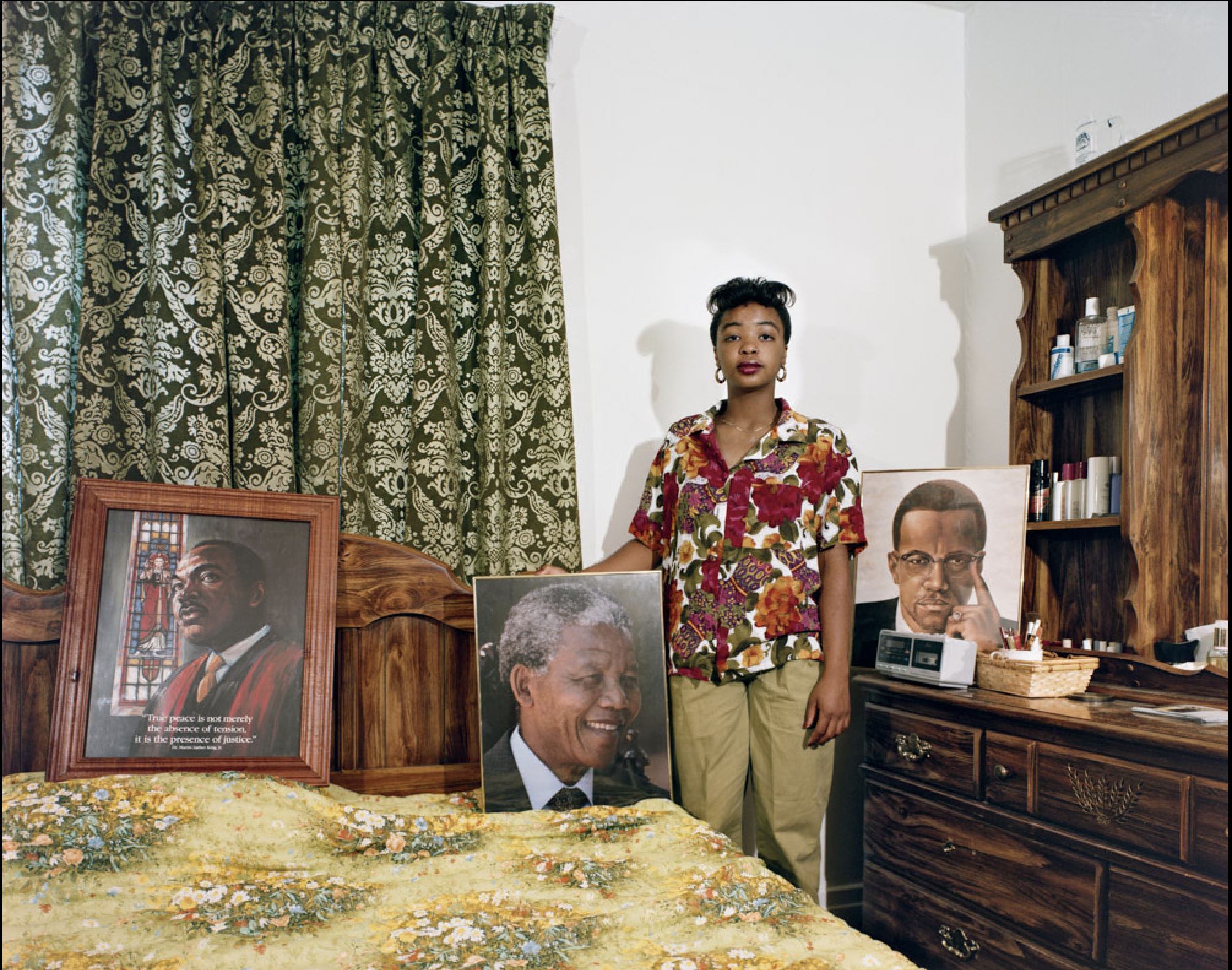
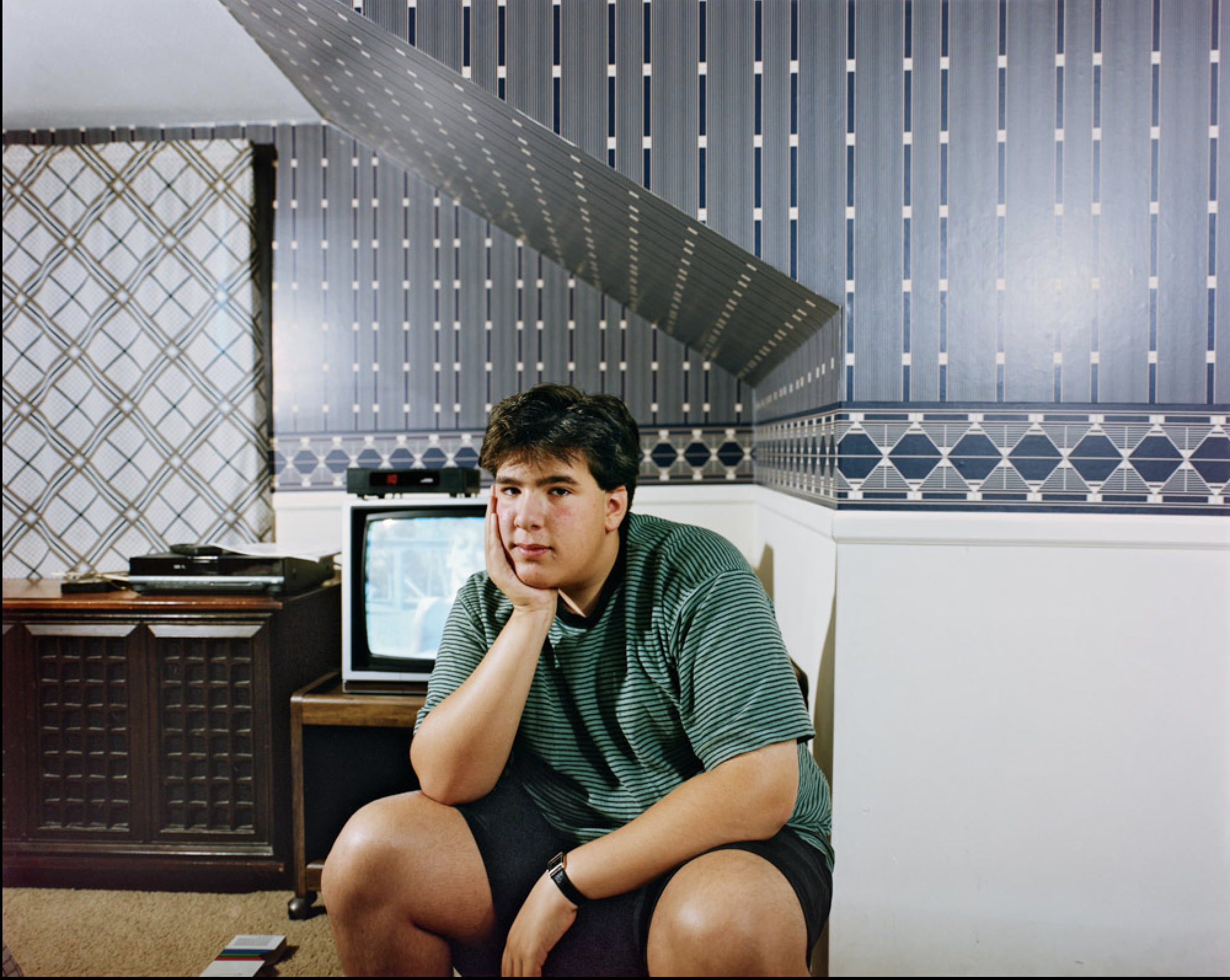
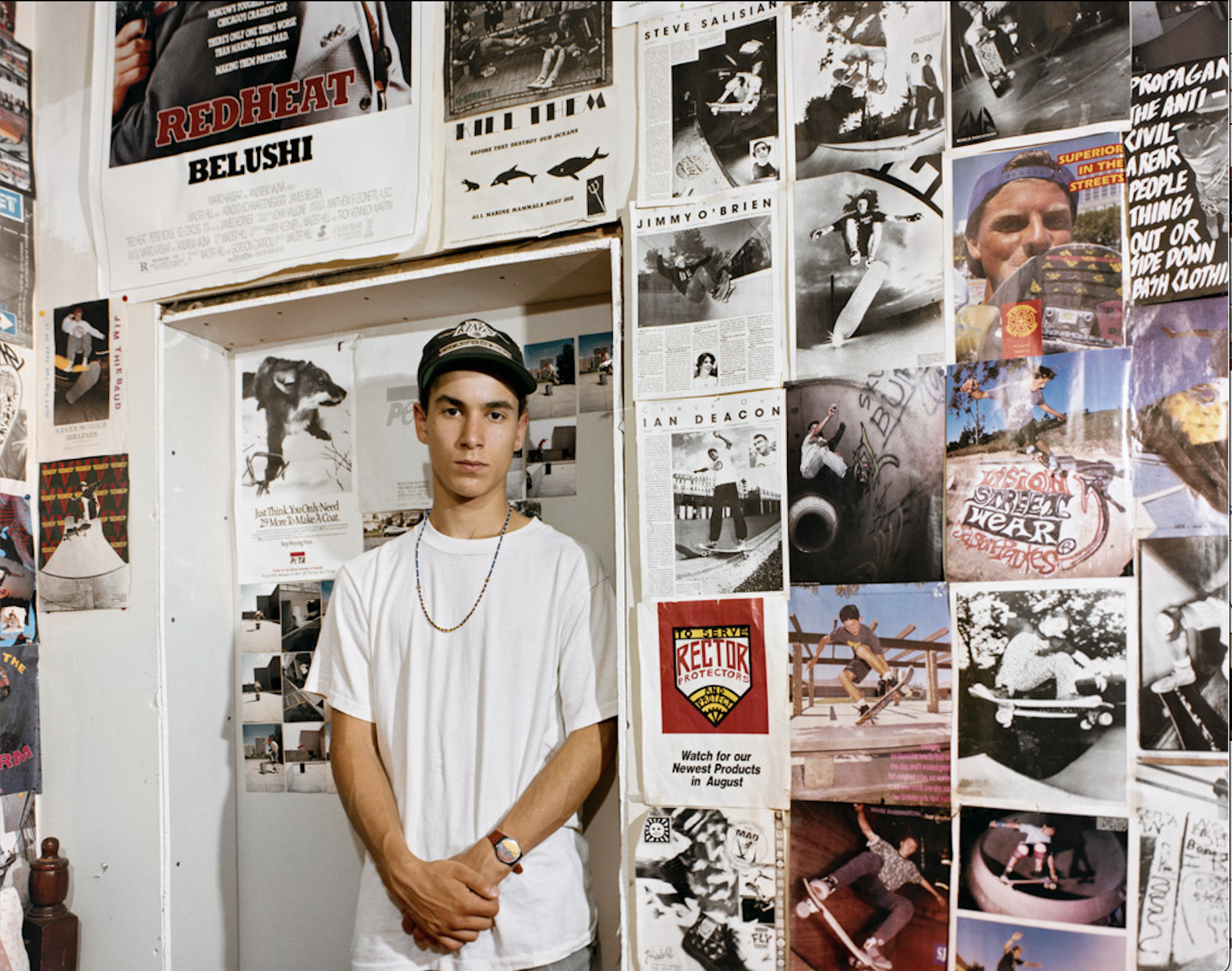
Early on Salinger recognised that making people comfortable would be key for the project, and so she would talk to her sitters for hours, learning as much as she could about their lives and hopes for the future. After a pause of some years between the West Coast and New York, she decided to record the conversations on video, and edited transcripts appeared in the first book in 1995. Open and vulnerable, one of the earliest testimonies in the books, from a girl called Dena D., recalls her mother’s suicide, the day before she was due to start freshman year. Elsewhere, we hear stories about holidays abroad, domestic abuse, and teens embracing their faith. “I feel like nobody listens to teenagers, they trivialise all of their experiences, and at the time, their only power was in what they would be willing to buy,” says Salinger. “This is before the internet, before we’re being sold to all the time, and still I felt it was too much. Then TV shows and stuff that was about teenagers, I found all to be such bullshit – it further stereotyped and reduced individuals. We’re all [all] about contradiction, and that’s what makes us interesting. So that was really important, in my work, letting a person emerge in all of the ways that they are.”

